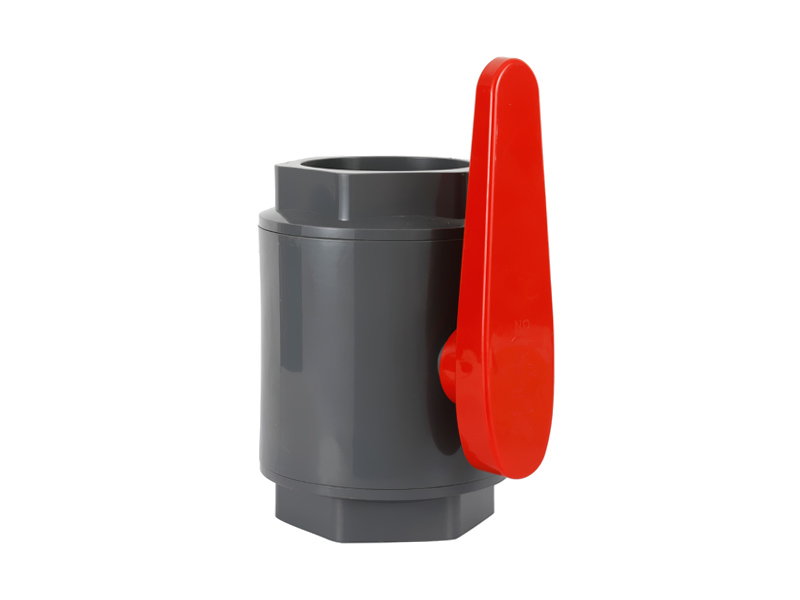How does the male ball valve design enable smooth and effortless on/off operation?
The male ball valve design is a key characteristic...
MORE >>















Floating piston valves as used in, have Check Valve sev […]
Floating piston valves as used in, have Check Valve several applications. Floating piston valves have a very unique construction. Composed without an actuator and designed with less parts, floating piston valves require less maintenance, reducing their size and cost. Newer models of the floating piston are of higher quality, addressing pre-existing issues from previous designs.A floating piston valve consists of a solid piston pressed against a stationary, solid seat that is suspended in a medi in order for it to control the flow stream and seal the valve.

Whether the valve is open or closed, floating pistons are specifically designed to remain balanced within a flow stream. The only force used on a piston is that which the operator chooses to input. Because of the requirement to use this valve manually, there is the eliminated factor of an actuator and in its place is one to two solenoid valves.The floating piston is a rather simplistic valve, composed of only five parts, with its seals manufactured to be well-protected by design.
The floating piston valve’s simple design makes it a durable option for high pressures, soft or hard metal seats, while increasing the valve’s reliability and seat life. By eliminating the actuator, the valve’s dependability and lifespan are greatly improved. Its structure is specifically manufactured to ensure that fluid pressures inside of the valve will remain balanced, giving the floating piston valve an increased lifespan.
Piston Valves have a wide variety of potential applications and are fairly versatile. Its simple design makes it reliable and easy to maintain.Over the years floating piston valves have been re-engineered to enhance the stability of the design to ensure its stability. New models are compatible with hard or soft metal seats with an adjustable closing force. Some newer floating piston valves are able to withstand pressures up to.

The male ball valve design is a key characteristic...
MORE >>
In today's modern world, efficient and reliable wa...
MORE >>
Copyright ©All rights reserved:Zhejiang Xier Plastic Valve Lead Co.,LTD. PVC Ball Valves Manufacturers Technical support: HWAQ  浙公网安备 33060402001174号
浙公网安备 33060402001174号

 English
English España
España عربي
عربي